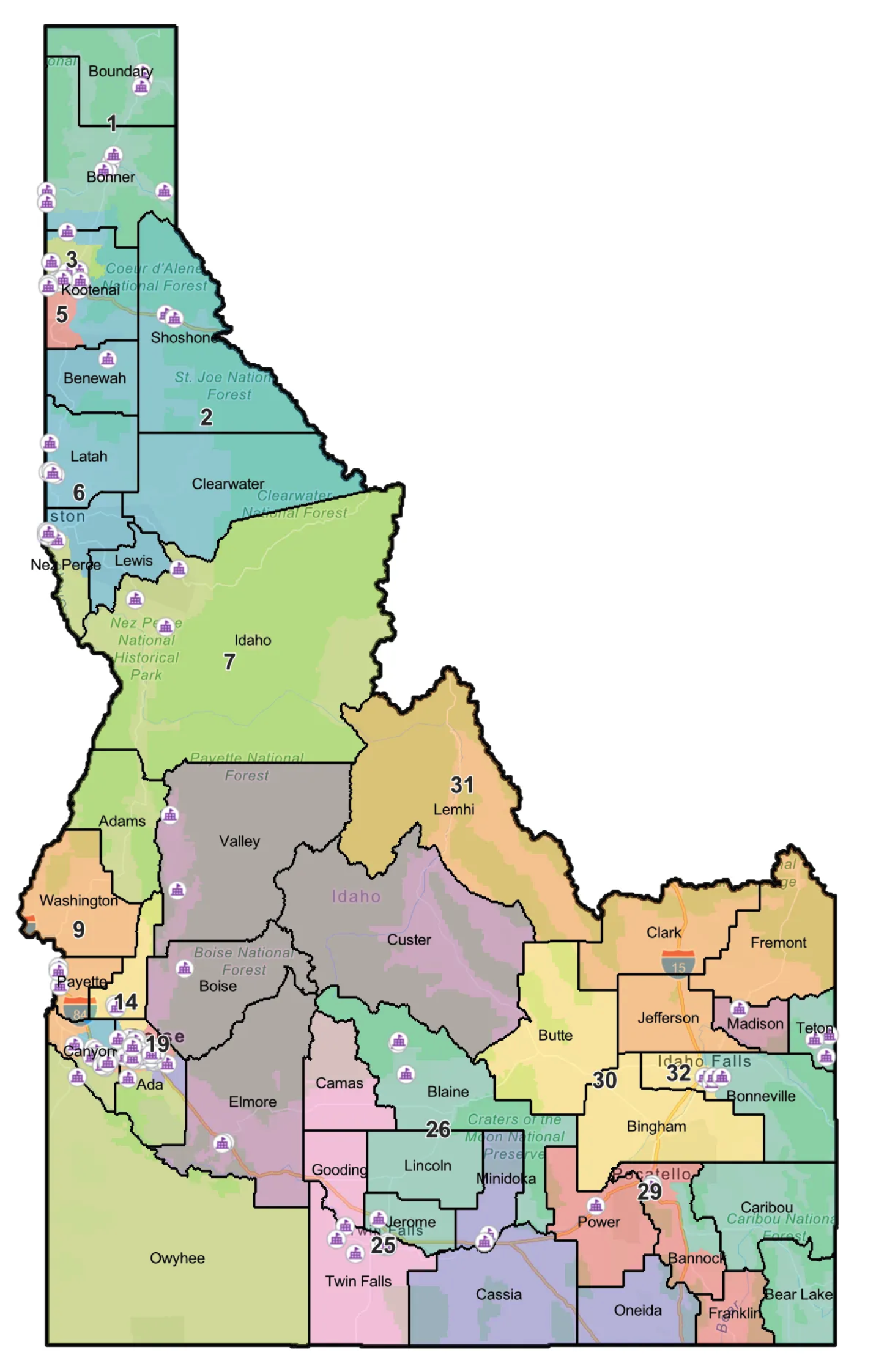HB 93 not a genuine effort to improve education
In Idaho, education is a core priority. Idaho spent about $2.7 billion on K–12 education in fiscal year 2024. That’s roughly 52% of the state’s General Fund appropriation of 5.3 billion.
This level of investment means we must look closely at proposals like House Bill 93, which would offer a $5,000 tax credit to families who choose private education.
Supporters of the bill often argue that families should get to “choose where their education tax dollars go.” But that argument breaks down quickly. If we truly applied that principle consistently, families should only be able to direct the portion of education spending they actually pay in taxes.
Let’s look at the math.
H93 prioritizes families with incomes below 300% of the federal poverty level. For a family of four in 2025, that’s about $93,600. Even at that income (Idaho’s median income is $75,000/year), the total estimated state tax payment is about $5,659. This family’s tax payment is well below what Idaho spends on each child. Idaho spends roughly $9,000 per student annually. If this household has two children in public school, that’s $18,000 a year—more than three times their state tax contribution.
If 52% of Idaho’s general fund goes to K-12 education, and a household pays $5,659 in state taxes, their “share” toward education is about $2,943. If the government is expected to “run like a household,” as some argue, that household wouldn’t be entitled to direct $5,000 per child. They never paid that much to begin with.
We don’t get to individually choose which roads our taxes repair, which police departments get funded, or which elected officials receive salaries. Our tax system is built to serve the broader public good, not individual preferences. Public education is no different. The system works because we all contribute—even when we’re not the direct beneficiaries in the moment.
Idaho’s Constitution requires that we educate our youth through a uniform public school system. An educated society means less crime, higher wages, and families less dependent on government safety nets. Strong public schools are not just a line item. They’re an investment in the future strength, stability, and prosperity of our communities.
That’s why proposals like H93 raise serious concerns. They offer credits or benefits that exceed what most families pay in taxes. They do so by shifting resources away from a system that already serves the majority of Idaho children. If every family opted out and took their full share, the public system would collapse. Not because of inefficiency, but because it was never designed to operate like a marketplace.
In a rural, community-oriented state like Idaho, the value of strong public schools can’t be overstated. They are one of the few institutions that bind us together across geography, background, and belief.
Idaho has a lot of school choice. There are things that can be done to increase or improve upon that. But before we start redistributing wealth to a large number of families who already send their children to private schools, we should focus on improving and strengthening the public system that has served generations of Idahoans. In the past 25 years alone, our public schools have graduated hundreds of thousands of students.
I'm one of them. I'm a product of Idaho’s public schools—and now I serve as a state legislator. Nobody believes the system is perfect. But H93 doesn’t represent a genuine effort to improve education. It looks like a way to transfer public dollars to private businesses under the banner of education reform.

